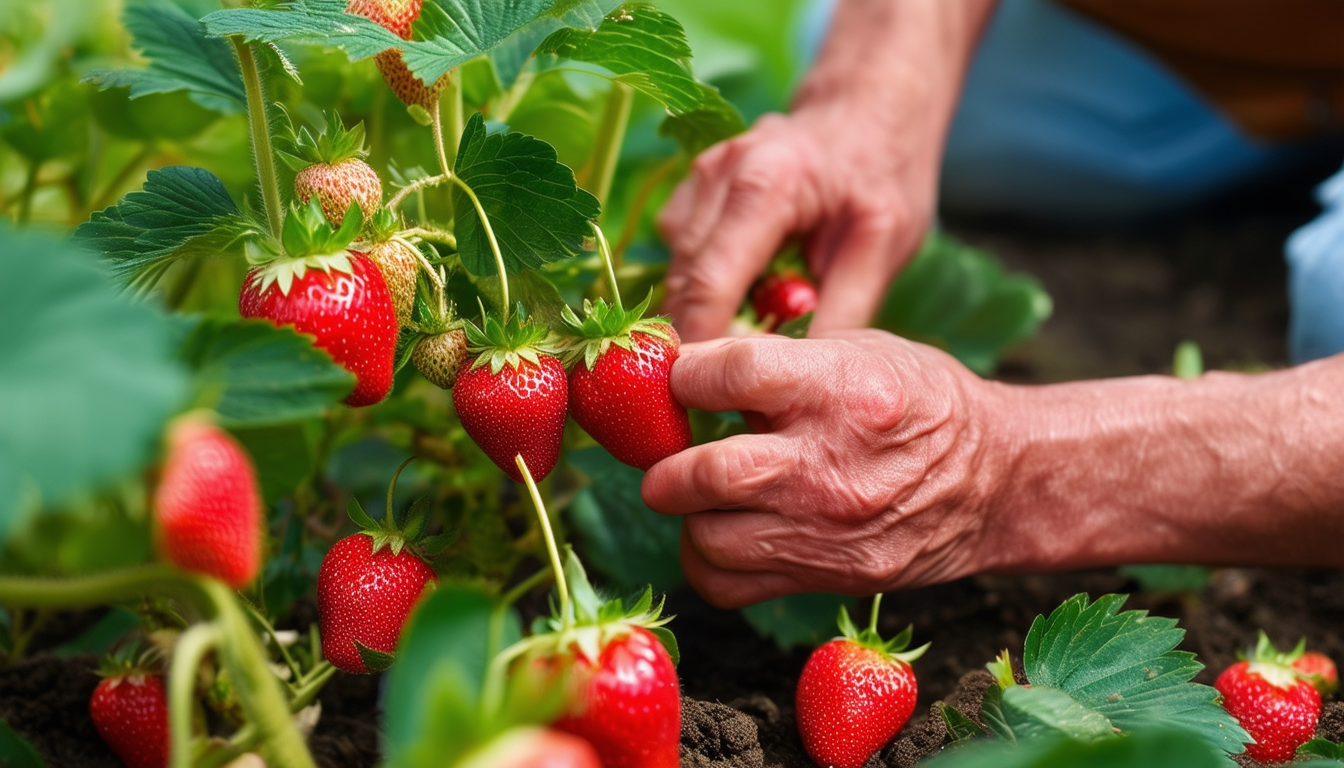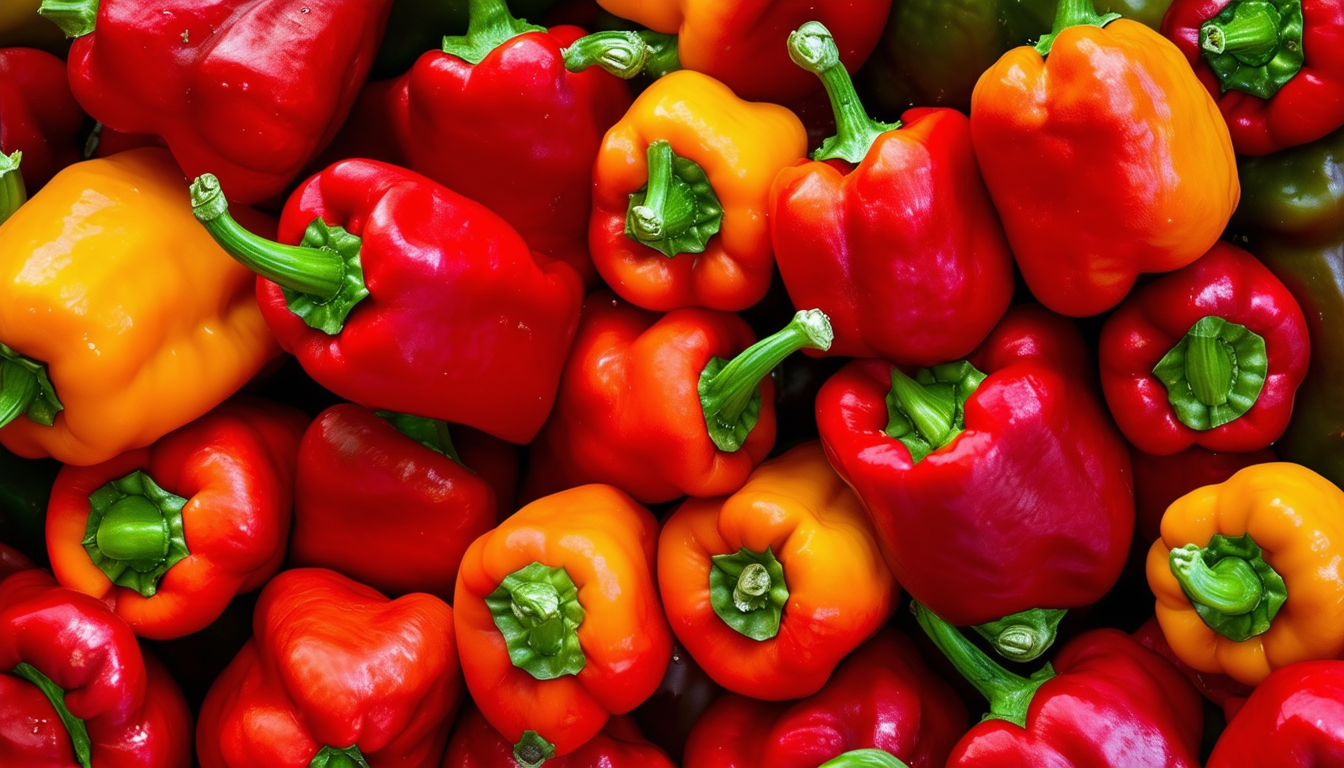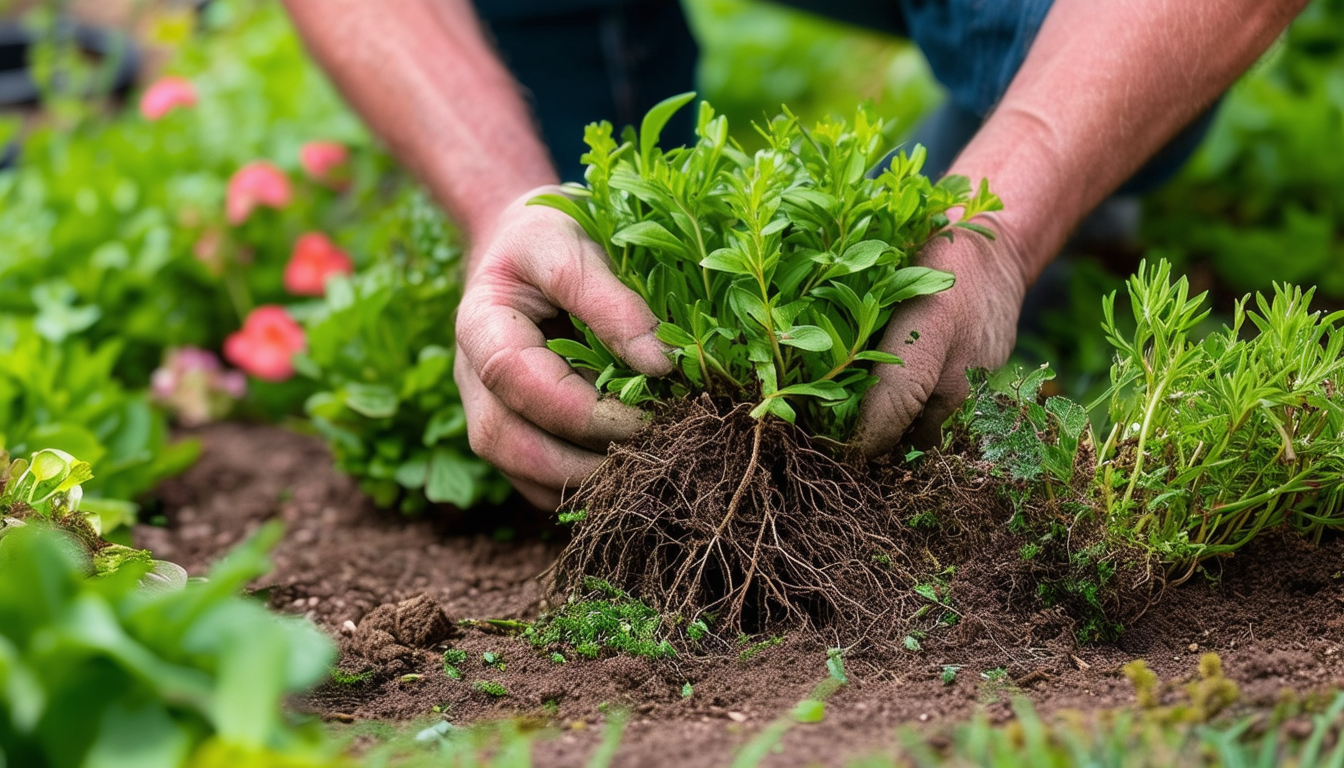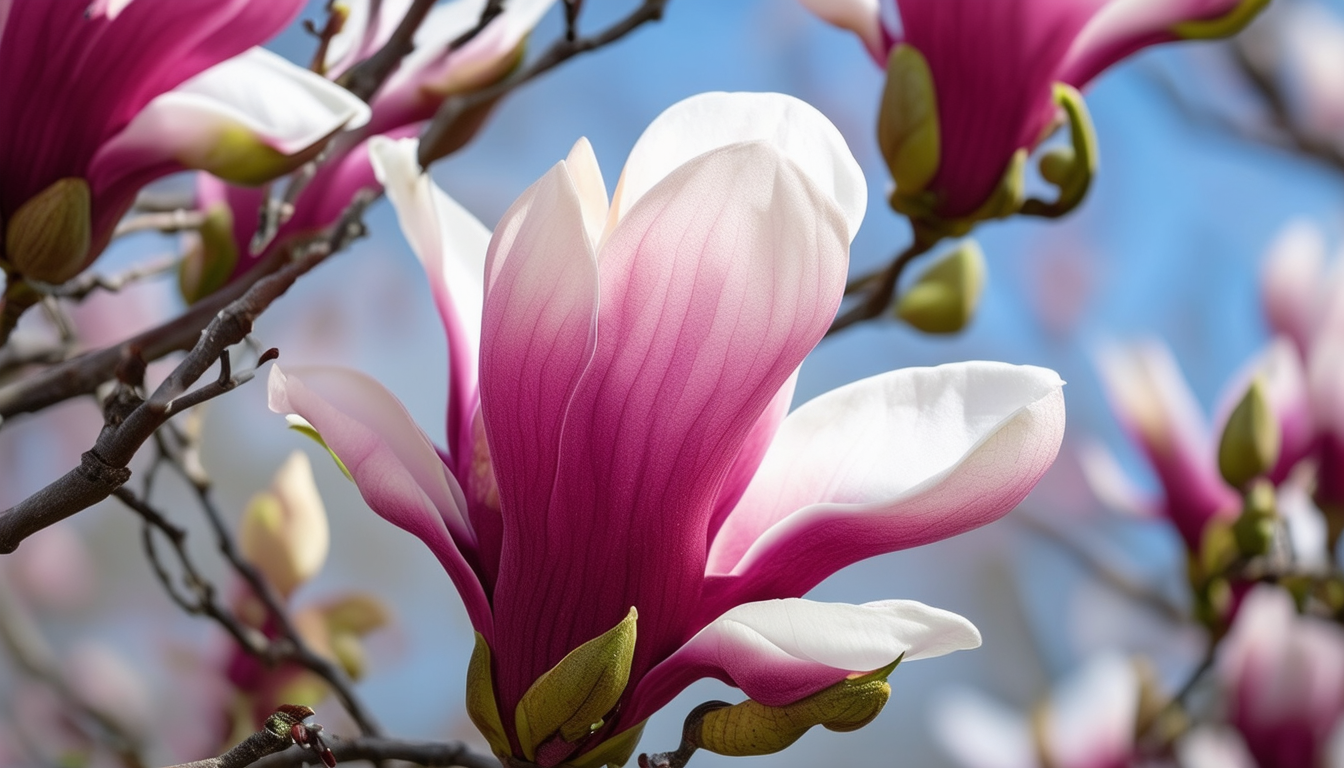
Unlock the secrets of air layering to propagate your strawberry plants with ease and efficiency.
Understanding the Benefits of Air Layering for Strawberry Plants
Air layering is a time-honored technique that allows gardeners to propagate plants by encouraging roots to form on a stem while it is still attached to the parent plant. This method is particularly beneficial for strawberry plants as it ensures a higher success rate for plant propagation.
By mastering air layering, you can create new strawberry plants that are genetically identical to the parent, ensuring the same delicious fruit quality. Additionally, air layering helps maintain plant health and vigor, making it a nurturing way to expand your garden.
Essential Tools and Materials You’ll Need
Before you start air layering, gather the following tools and materials: a sharp knife or pruning shears, sphagnum moss, a small plastic bag, twist ties or garden twine, rooting hormone (optional), and a spray bottle with water. These tools will help you create the ideal environment for root growth.
Having the right tools on hand ensures the process goes smoothly and increases the likelihood of successful propagation. Keep these items within reach to make the task easier and more enjoyable.
5 Step Guide to Air Layering Strawberries
1. Select a healthy, disease-free stem on your strawberry plant. Choose one that is flexible and has at least a few leaves.
2. Use a sharp knife or pruning shears to make a small cut about halfway through the stem, just below a leaf node. Be cautious not to sever the stem completely.
3. Apply rooting hormone to the cut area if desired, as it can enhance root development.
4. Moisten a handful of sphagnum moss with water and wrap it around the cut. Secure the moss with a plastic bag, ensuring it covers the entire area. Use twist ties or garden twine to keep the bag in place.
5. Check the moss regularly to ensure it stays moist. In a few weeks, roots will begin to form within the moss. Once a healthy root system is established, you can cut the stem below the new roots and plant your new strawberry plant.
Common Mistakes and How to Avoid Them
One common mistake is making the cut too deep or too shallow. A proper cut should be halfway through the stem to encourage root formation without damaging the plant.
Another mistake is letting the moss dry out. Keeping the moss consistently moist is crucial for root development. Regularly check the moisture level and mist as needed.
Lastly, avoid using diseased or weak stems for air layering. Always select healthy, robust stems to ensure the best chance of success.
Caring for Your Newly Air-Layered Strawberry Plants
Once your new strawberry plant is separated from the parent, plant it in a nutrient-rich, well-draining soil mix. Ensure it gets plenty of sunlight and water it regularly to help it establish.
Monitor for signs of stress or disease and address any issues promptly. With proper care, your newly air-layered strawberry plant will thrive and produce delicious fruit.
FAQ
Q: How long does it take for roots to form using air layering? A: Typically, it takes a few weeks to a couple of months for roots to develop, depending on the plant's health and environmental conditions.
Q: Can I air layer other types of plants using the same method? A: Yes, many plants can be propagated through air layering, including fruit trees, shrubs, and houseplants.



